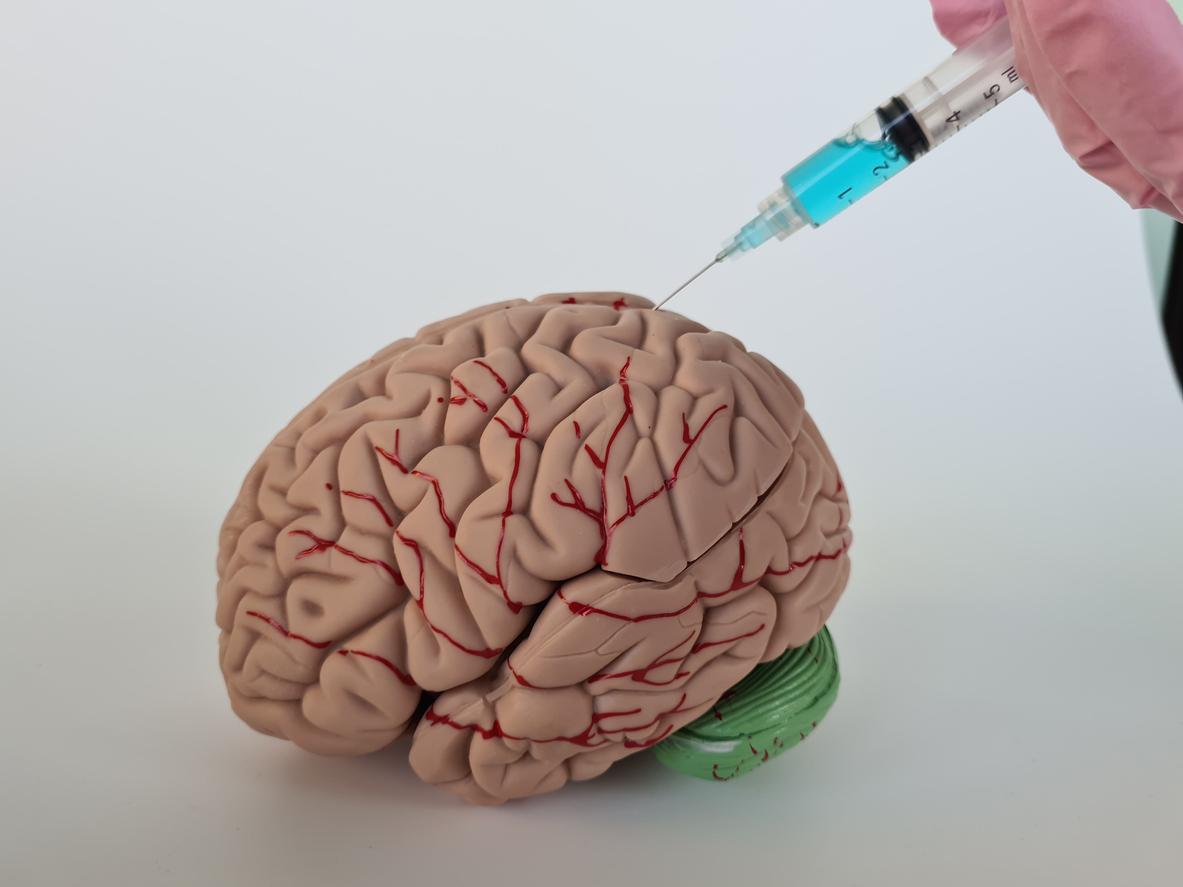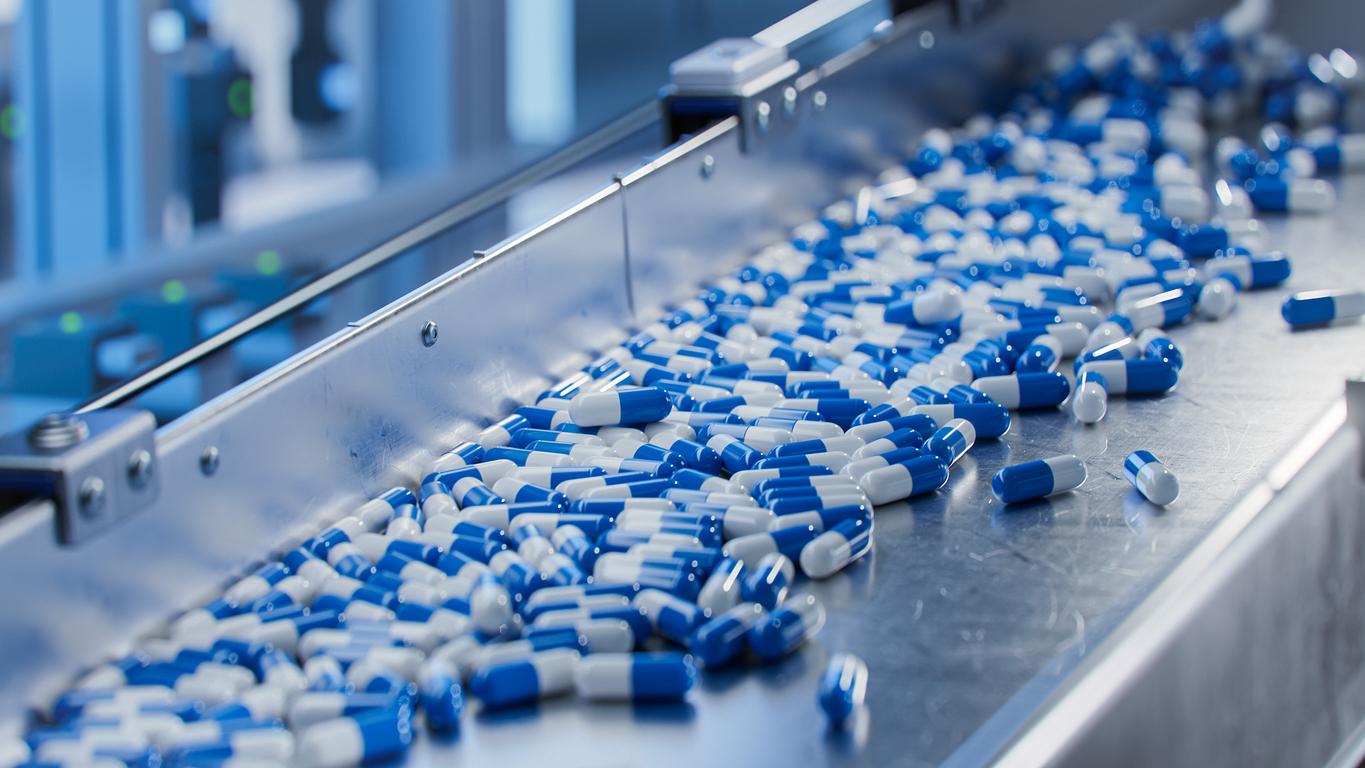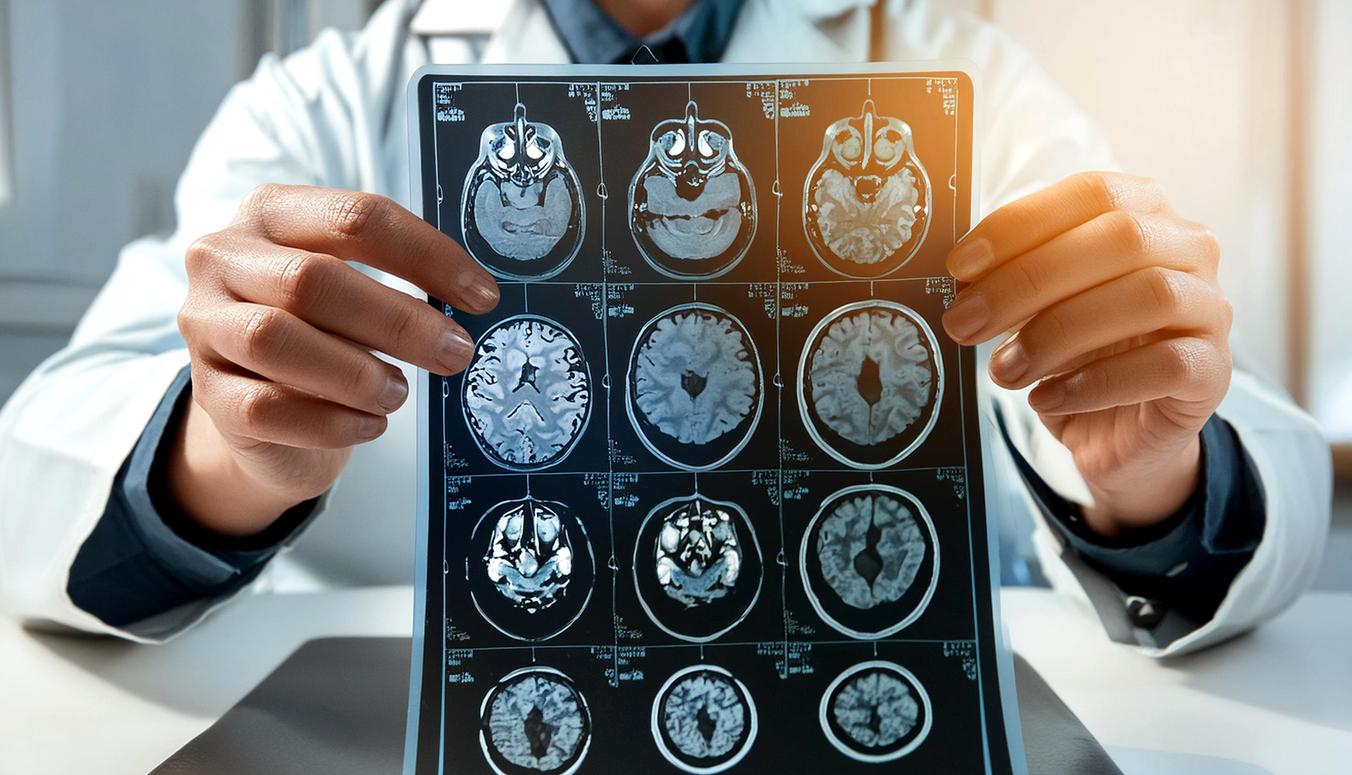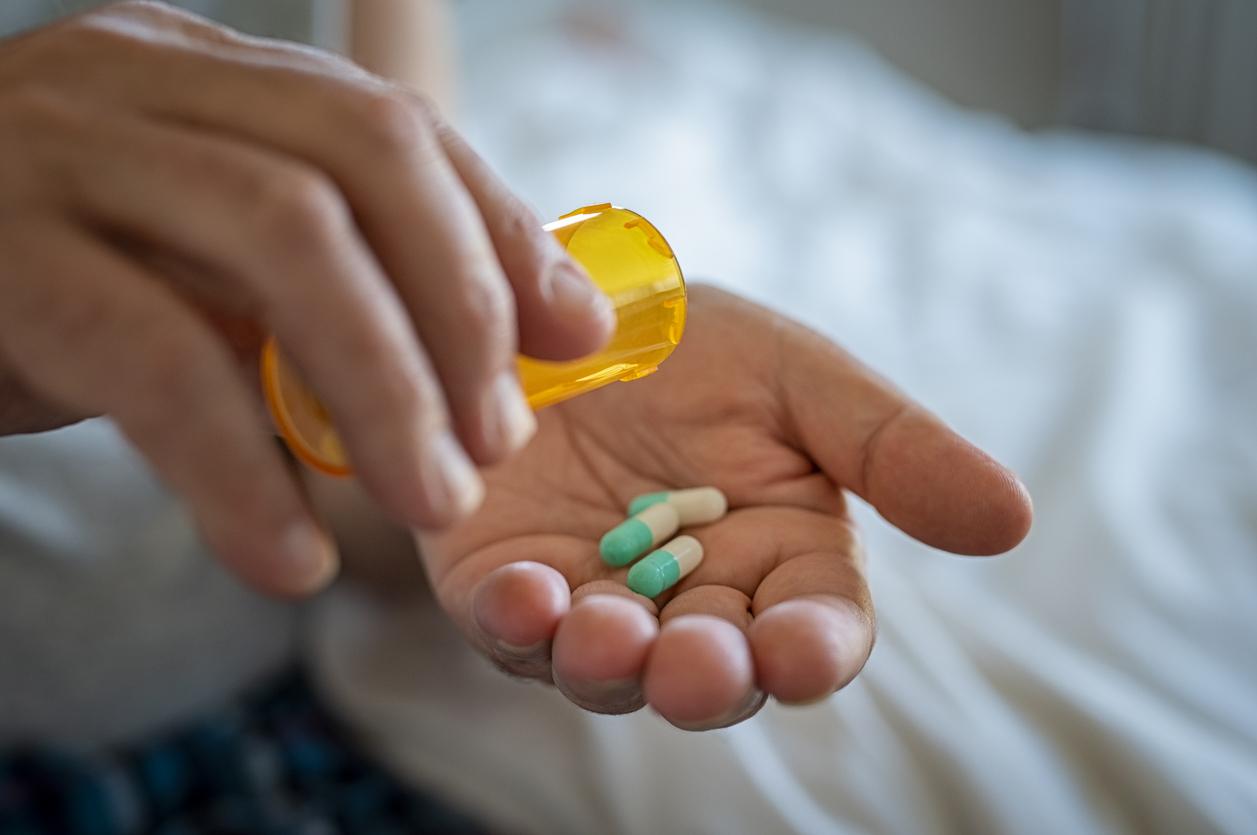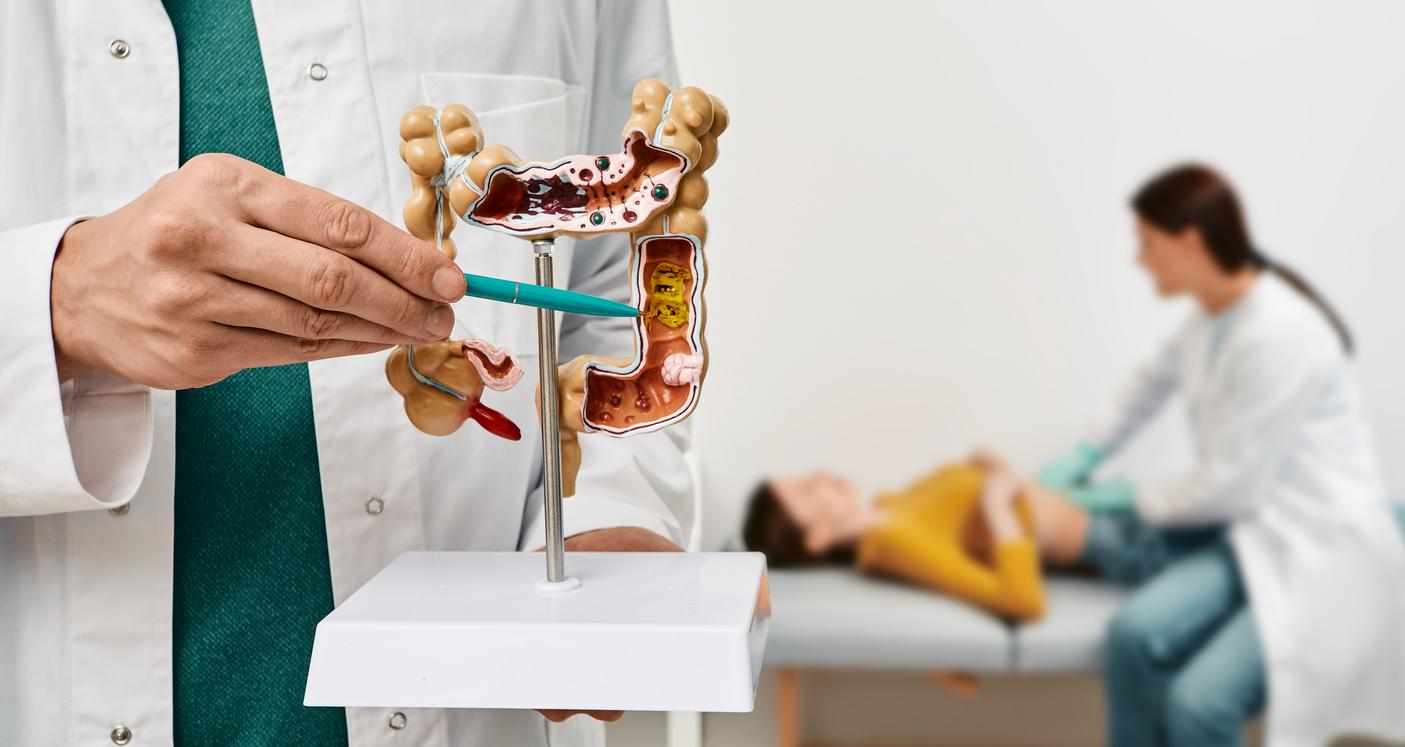This clinical study, co-carried out since 2008 by Professor Stéphane Palfi, head of the neurosurgery department at Henri-Mondor hospital in Créteil and Addenbrookes hospital in Cambridge (United Kingdom) has demonstrated the effectiveness of Prosavin gene therapy. on the control of movements of patients with Parkinson’s disease. It therefore gives hope to the 5 million people in the world and 120,000 people in France affected by this neurodegenerative disease.
“We have undertaken clinical trials with 12 months of follow-up at two study sites in France and the United Kingdom. We evaluated the safety and efficacy of ProSavin gene therapy after injection of a horse virus into the brains of 15 patients with Parkinson’s disease. This virus is harmless to humans and belongs to the lentivirus family. It has been emptied of its contents and “filled” with the three genes (AADC, TH, CH1) essential for the manufacture of dopamine, “explains Professor Palfi. This neurotransmitter, essential for the control of movements, is in fact no longer produced in patients suffering from this neurodegenerative disease. With this therapy, scientists wanted to restore a continuous level of dopamine in patients.
Encouraging results
Thanks to this injection, the 15 patients again continuously secreted dopamine and were able to improve control of their movements.
“We tested three dose levels, the stronger the more effective”, explains Professor Palfi. But he recalls all the same that beyond 4 years, motor progress diminished due to the course of the disease: “the motor symptoms of the disease were improved up to 12 months after the administration of the treatment. in all patients, even up to 4 years in the first to have been operated ”. And, unfortunately, if this treatment acts on motor disorders, it has no effect on hallucinations and changes in character and on the course of the disease.
These encouraging results need to be confirmed by further trials and studies. The team of researchers hope “to be able to treat patients whose disease is not too advanced and to extend the benefits of drug treatment beyond 10 years for 3 to 5 years today.” “








